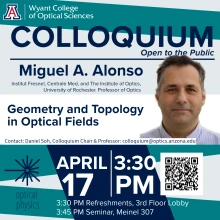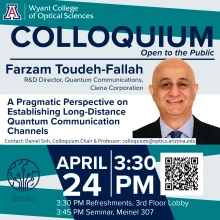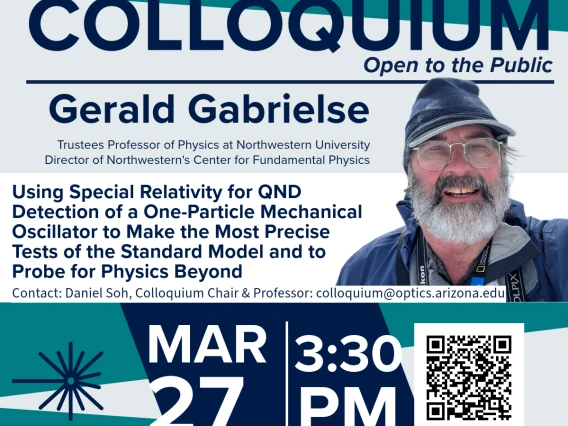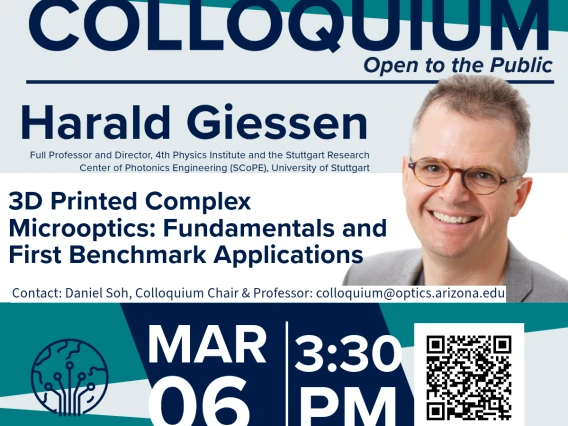OSC Colloquium: Erika Hamden, “New Frontiers in UV Space Astrophysics”
Title: “New Frontiers in UV Space Astrophysics”
Abstract:
The ultraviolet is experiencing a boom of interest, resulting in exciting mission developments in space astrophysics. This boom is driven less by recent scientific discoveries (the UV has always been scientifically rich) but rather is driven by technology advancements due to investments over the past 2 decades. In this talk, I will highlight how work on detector, mirror, and spacecraft technology has opened up exciting opportunities in the UV. I will describe ongoing work to observe the circum-galactic medium around galaxies with FIREBall-2, launching in 2023, and Aspera, a NASA Pioneers SmallSat scheduled for launch in 2025. I will also describe a UV space mission in development, Hyperion, which explores molecular hydrogen gas in Galactic star forming regions and planet forming disks via FUV fluorescence.
Bio:
Dr. Hamden’s research focuses on UV instrumentation, detector technology development, galaxy evolution, and star formation. She is the PI of Hyperion, a mission in development designed to observe molecular hydrogen in our galaxy to better understand how stars form. She is also the Deputy PI of Aspera, a NASA Pioneers Mission (PI: Dr. Carlos Vargas), which will observe nearby edge-on galaxies in the extreme UV. Aspera is scheduled to launch in 2025. Dr. Hamden received a bachelors in Astronomy and Astrophysics from Harvard in 2006. She worked as a chef for a year before beginning grad school at Columbia University, finishing her PhD in 2014. She moved to Caltech for a postdoc and was an NSF Astronomy and Astrophysics Postdoctoral Fellow and the R.A. and G.B. Millikan Prize Postdoctoral Fellow in Experimental Physics. Dr. Hamden was awarded a Nancy Grace Roman Technology Fellowship for her detector work in 2016. She received a PECASE award in 2019 and has received numerous other awards from NASA. She is also the founder and organizer of the PI Launchpad.






